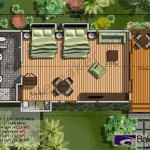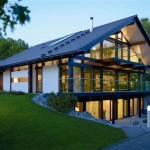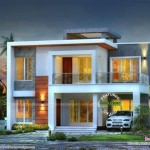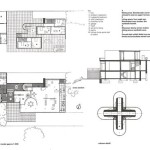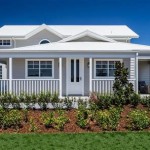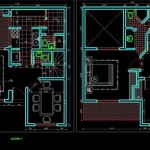Plans For a Pool Pump House: Essential Considerations for a Functional and Attractive Addition
A pool pump house is an essential component of any swimming pool system, housing the equipment responsible for filtration, circulation, and sanitation. It's often overlooked in the initial stages of pool design but plays a crucial role in maintaining the pool's cleanliness and functionality. Properly planning the pump house ensures that your pool equipment is protected from the elements, runs smoothly, and blends aesthetically with your outdoor space.
Location and Size
The location and size of the pump house are fundamental considerations. Ideally, the pump house should be situated close to the pool, minimizing the length of piping required for the system. A strategic location reduces potential for leaks and maintenance needs. Additionally, consider the proximity to electrical outlets and the accessibility for landscaping and maintenance. The size of the pump house should be adequate to accommodate all equipment, including the pump, filter, chlorinator, and any additional components, while leaving sufficient space for access and maintenance. Leave room for expansion should you need to upgrade your pool equipment in the future.
Construction Materials and Design
The construction materials and design of the pump house must be chosen with durability and longevity in mind. Common materials for pump house construction include concrete block, brick, or wood. Concrete block offers excellent durability and resistance to the elements but can be visually unappealing. Brick provides a more polished look and can be incorporated into a variety of architectural styles. Wood is a cost-effective option but requires regular maintenance to prevent weathering and decay. The design of the pump house should complement the surrounding landscape and the overall aesthetic of your property. Consider incorporating elements like architectural details, landscaping, or decorative coverings to enhance the visual appeal.
Ventilation and Access
Proper ventilation is crucial for the operation of the pool equipment and to prevent moisture buildup, which can lead to corrosion and mold growth. Adequate ventilation ensures that the pump house remains cool and dry. Install louvered doors or vents to allow for air circulation. Ensure easy access for maintenance by including a door large enough to accommodate the equipment and personnel. Consider a double door system to provide ample access for large equipment or future upgrades. Accessibility is paramount for efficient maintenance and repairs.
Electrical and Plumbing
The pump house requires proper electrical and plumbing installations. Ensure that the electrical system is adequately sized to handle the power requirements of the pump and other equipment. Use GFCI outlets for safety. Plumbing should be designed for efficient water flow and drainage. Consider installing a shut-off valve in the pump house for quick and convenient isolation during maintenance. Proper grounding and bonding are essential for safety and to prevent electrical shocks.
Noise Reduction
Pool equipment, especially pumps, can generate significant noise. Consider noise reduction strategies during the planning phase. Install sound-absorbing materials, such as acoustic paneling or insulation, within the pump house. Locate the pump house away from living areas or bedrooms. Additionally, consider using quieter pumps and filters to minimize noise levels.
Landscaping and Aesthetics
The pump house should blend seamlessly with the surrounding landscape. Use landscaping techniques to enhance the visual appeal. Consider adding plants, trees, or other decorative elements to conceal the pump house or create a more natural aesthetic. The design of the pump house should complement the style of your home and the surrounding landscape. Choose building materials and colors that blend harmoniously with the existing environment.
By carefully planning the location, size, construction, access, and aesthetics of your pool pump house, you ensure a functional and visually appealing addition to your outdoor space. These considerations will enhance the long-term performance of your pool equipment while complementing the overall design of your property.

30 Best Ingenious Pool Equipment Cover Ideas In 2024 Enclosure Shed

Pool Equipment Enclosure Ideas Shed

30 Best Ingenious Pool Equipment Cover Ideas In 2024 Remodel Enclosure

25 Best Ideas About Pool House Shed On Equipment Diy Backyard

How To Build A Pool Or C Equipment Cover

Pool Pump House Ideas Four Generations One Roof

Four Landscaping Tips To Hide Pool Equipment Irrigation Systems In Mississauga Oakville Brampton

Pool Shed Ideas Designs Storage In Pa Homestead Structures

Pool Equipment Enclosure Ideas In The Swim Blog

Diy Outdoor Wood Screen For Under 40 The Happier Homemaker

